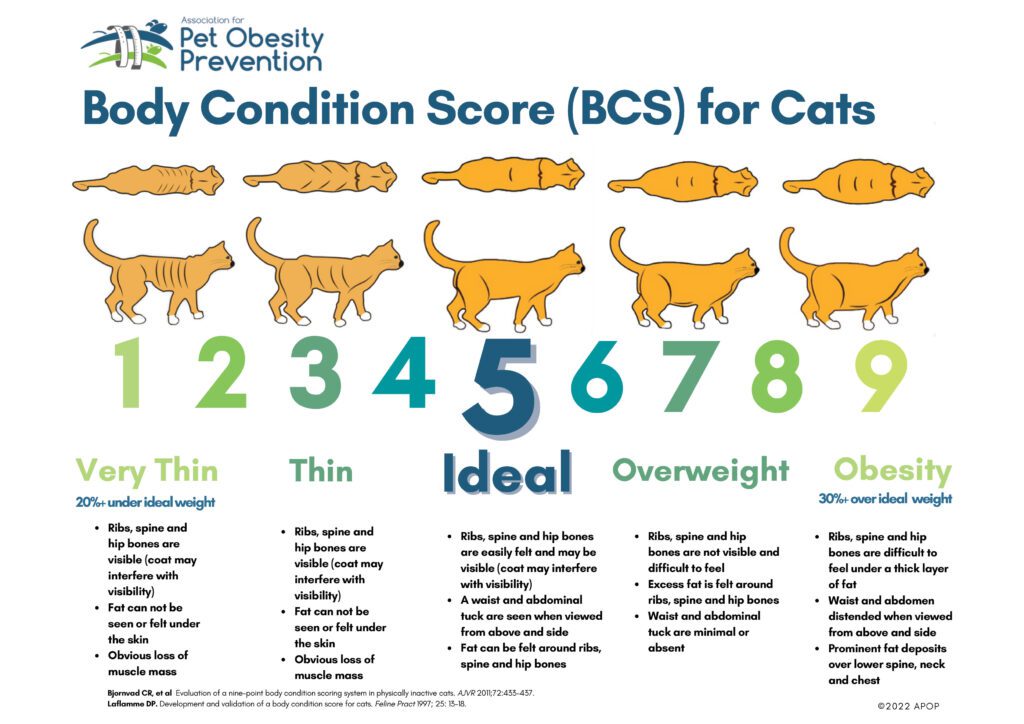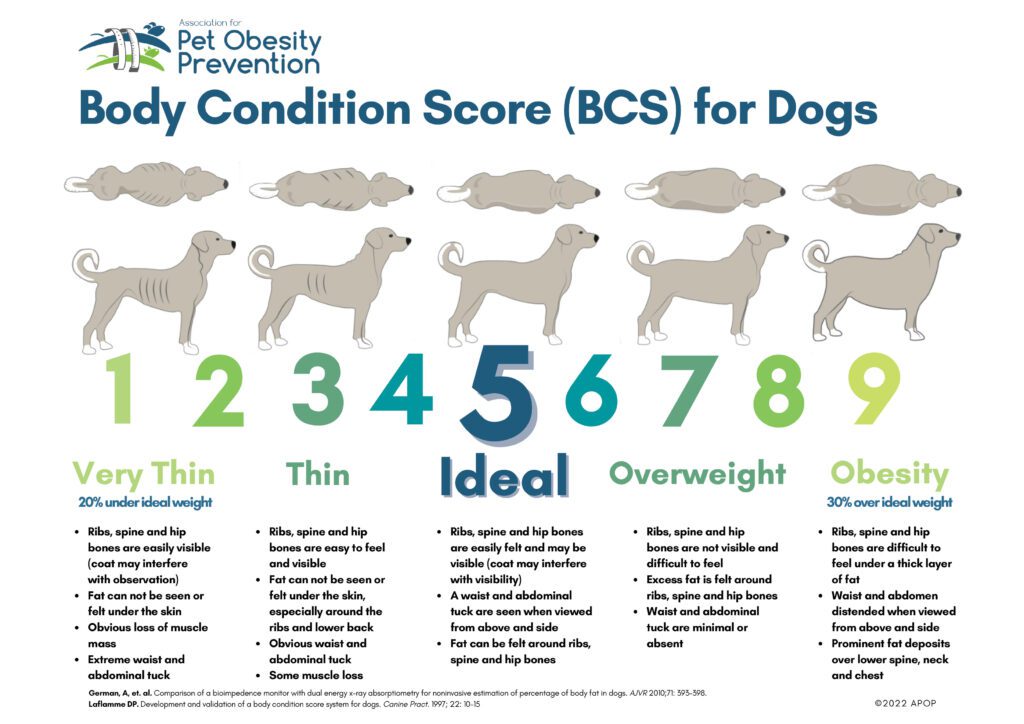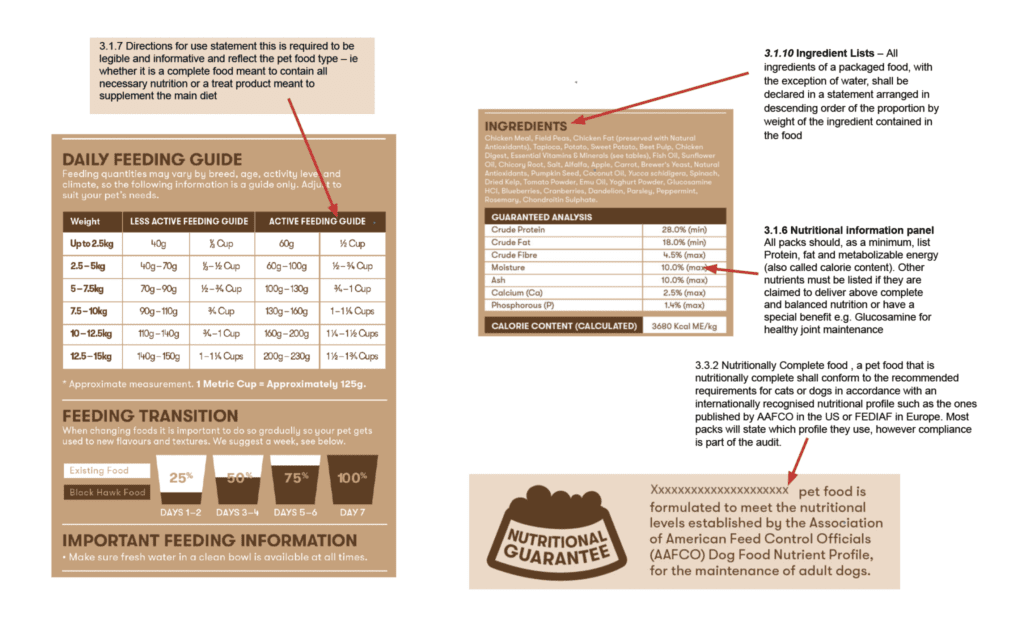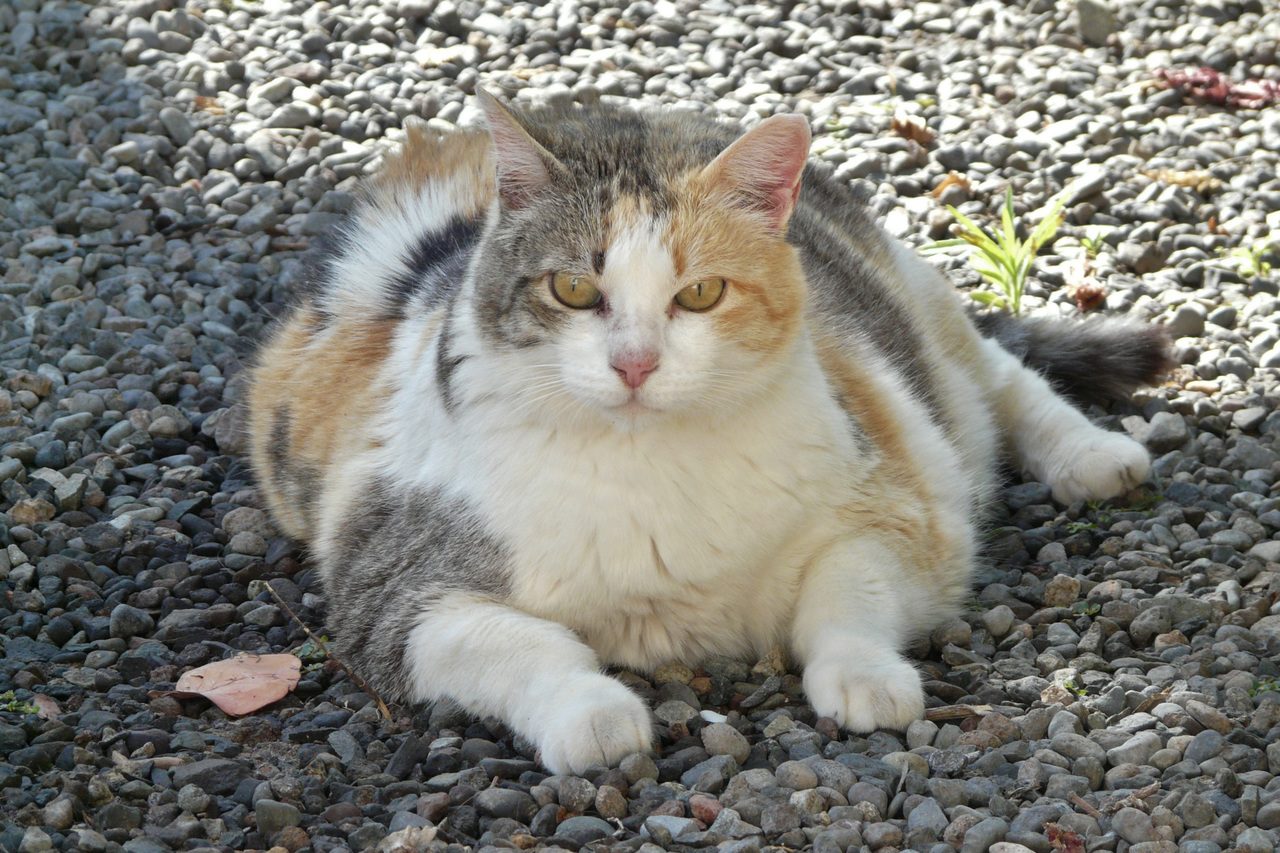Image source: pxhere.com
Worried about your pet’s weight? Here’s where to start:
- Recognise your pet may have a weight issue.
- Book a check-up with The Village Vets to rule out health issues.
- Work with us to create a realistic and achievable Weight Management Plan.
- Learn how to read pet food labels for ongoing, nutritious choices.
Health Related Issues
If an unhealthy weight is not identified early on it can lead to other health issues for your pet. These include diabetes and cardio/vascular disease. Obesity can also make osteoarthritis, particularly in elderly animals, severe and debilitating. Overweight pets are significantly more susceptible to heat stroke which can be life threatening to dogs and cat. These health issues means that overweight pets will not live as long as a pet of a healthy weight.
How to Identify a Weight Issue in my Pet
It is possible to visually identify a weight issue in your pet although it’s harder to assess cats than dogs. If you suspect your cat has a weight issue, ask your vet for help with identifying this.
1/ The Body Conditioning Score
For dogs, the RSPCA have explained what to look out for: When viewed from the top, your dog should have an observable waist, between the end of the rib cage and the start of the back legs. You should be able to feel the ribs with some fat covering the ribs, but without excess fat covering. When viewed side on, the abdomen should be tucked up. See the Body Condition Score (BCS) link below for pictures to help.
BODY CONDITIONING SCORE FOR CATS AND DOGS


2/ Appropriate Action
Weight issues may be related to hyperadrenocorticism (Cushing’s disease) and hypothyroidism. The vet will need to eliminate any influencing health concerns before you put your pet on a weight-loss plan.
What Can I do to fix my Pet’s Weight?
Your first port of call is your vet. The Village Vets staff are fully trained in nutrition and dietary needs of domestic pets.
1/ We provide weight consults at the clinic which includes:
- Review of food choices, quantities, meal times and feeding habits and the use of treats.
- Design and advice for implementation of a balanced feeding plan.
- Review of exercise routines to attain a correct food vs exercise schedule.
- Advice on weight management techniques – treats, human habits, dinner times, etc.
2/ Reading Pet Food Labels
We’ve all been there, standing in the grocery aisles, a packet of food in one hand and Google in the other attempting to find out if some previously unheard of ingredient is:
a) edible or toxic
b) permitted or banned
c) a health benefit or simply a tasty additive.
When it comes to pet food, identifying the good from the bad seems like an impossible task. Not only is the pet food industry in Australia self-regulated but to the humble pet-owner, ingredients lists sound like they are written in a foreign language.

Your first port of call is your vet. The Village Vet staff are fully trained in nutrition and dietary needs of domestic pets.
Sources
- Kirsty Andrews, Senior Nurse, The Village Vet
- RSPCA Knowledge Base https://kb.rspca.org.au/knowledge-base/
- Vets Choice. Article by By Dr Alice Marshall, Registered Veterinarian (NSW VSB)
- WSAVA https://wsava.org
- Pet Food Industry Association of Australia (PFIAA) https://pfiaa.com.au
- Australian Veterinary Association https://www.ava.com.au/


